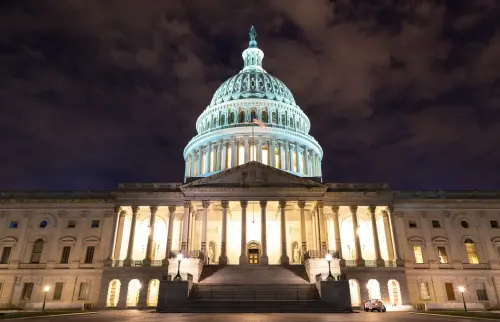With President Obama expected to make a statement about immigration tonight, Washington is gearing-up for a fight over the President’s seeming willingness to exercise his executive authority to prevent the deportation of primarily low-skilled immigrants. While that’s worth watching, the more important economic picture risks getting lost: the impact that immigrants can bring to the American economy in the long-term. It’s the immigration discussion we ought to be having, and if the rumors are correct as of this writing, it’s the one the President will at least partially extend in the executive action that he will outline.
High-skilled immigrants are good for America, and we should encourage more of them to come here given recent trends in entrepreneurship, where more firms are dying than being created every year. But high-skilled immigrants could help turn that trend around — they are twice as likely to start businesses as native-born Americans. This is especially true in high-tech sectors, where immigrants are not only more likely to start firms, but also to patent new technological discoveries. Giving green cards to foreign students completing STEM degrees at U.S. universities, and to many more immigrant entrepreneurs, would increase income and employment opportunities for American workers across the board.
We have recently published new evidence at the Brookings Institution that supports the link between immigration reform and economic growth. Our research brings a new perspective — the importance of entrepreneurs — to an older idea: the link between greater population growth and economic expansion.
This connection was at the heart of concerns expressed by Harvard economist Alvin Hansen in his address, “Economic Progress and Declining Population Growth,” before the American Economic Association in 1938. Hansen worried that what he saw as falling rates of population growth and technological advance portended a slump in investment, which would lead to persistently low employment and income growth. Hansen’s forecast never came true, thanks to post-war booms in innovation and fertility rates.
Three-quarters of a century later, another Harvard economist, Larry Summers, has updated Hansen’s concept of “secular stagnation” to describe post-recession slow growth across much of North America and Europe. In the year since Summers first made his remarks, economists have been debating whether and to what extent his thesis will hold in the future.
Much less publicized is another debate that concerns the current and future state of U.S. economic growth — that of a pervasive decline in the rate of firm formation and economic dynamism. We and others have documented this decline in a broad range of sectors and regions throughout the United States during the last few decades—a decline that even reached the high-tech sector and so-called high-growth firms, the small group of (often young) businesses that are responsible for creating the bulk of U.S. jobs.
And the U.S. wasn’t alone. This decline was observed in other advanced economies of the OECD, suggesting that large global factors are at play.
This evidence runs counter to the narrative that an entrepreneurial renaissance is sweeping the globe, and the seeming endless technological change disrupting the economy. We also see plenty of those signs around us, but their impacts haven’t yet been reflected in the data. Even if they were, their effects would be following more than three decades of persistent decline.
Our most recent Brookings research suggests that slowing population growth hurts entrepreneurship. This was particularly true beginning in the 1980s in America’s West, Southwest, and Southeast regions — once places with the highest rates of new firm formation as the population surged in the 1970s. During the three decades that followed, however, the formation of new businesses fell partly because population growth slowed.
In other words, population growth matters.
George Mason University economist Tyler Cowenrecently warned that the “relatively neglected field” of population economics could hold answers to the period of slow growth facing much of the developed world. For Cowen, one solution is obvious: absorb more immigrants. We couldn’t agree more.
Given the declining rate of growth of native-born Americans in the decades ahead predicted by official federal forecasters, the only other sure way to boost our work force is through more legal immigrants. Welcoming more foreign-born workers makes both economic and political sense. And in an ideal world, Congress and the President would agree on a comprehensive reform package. Since that’s not likely in the cards for now, let’s at least begin with high-skilled immigrants, who can help reverse our nation’s falling startup rate and provide a boost to our innovative capacity.
The Brookings Institution is committed to quality, independence, and impact.
We are supported by a diverse array of funders. In line with our values and policies, each Brookings publication represents the sole views of its author(s).



Commentary
Op-edEven Piecemeal Immigration Reform Could Boost the U.S. Economy
November 20, 2014